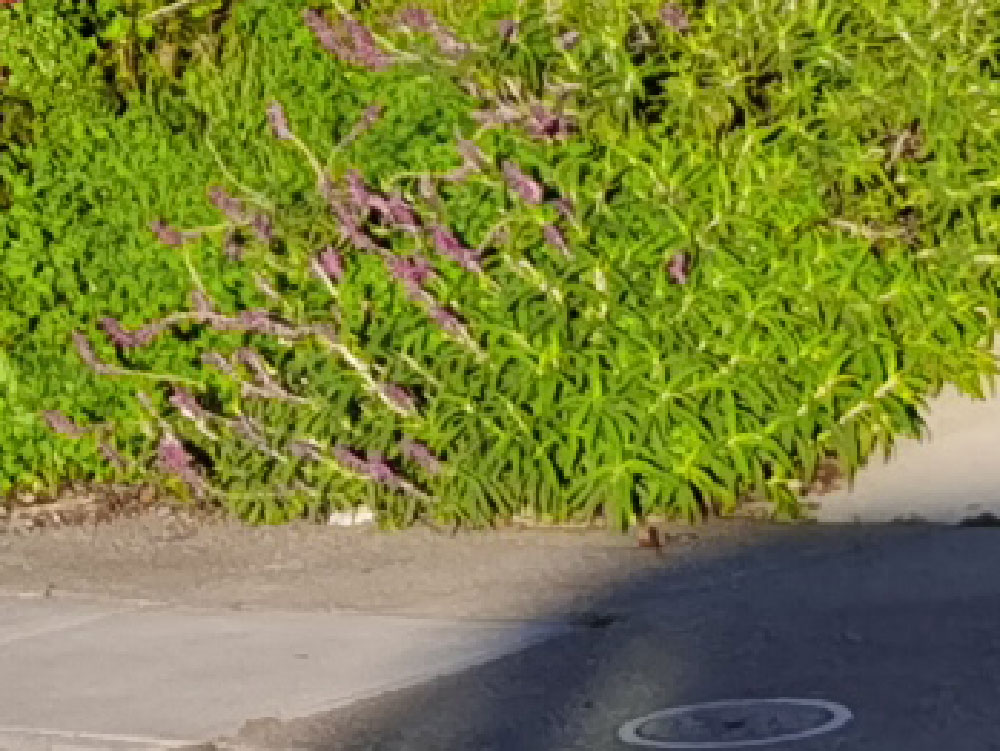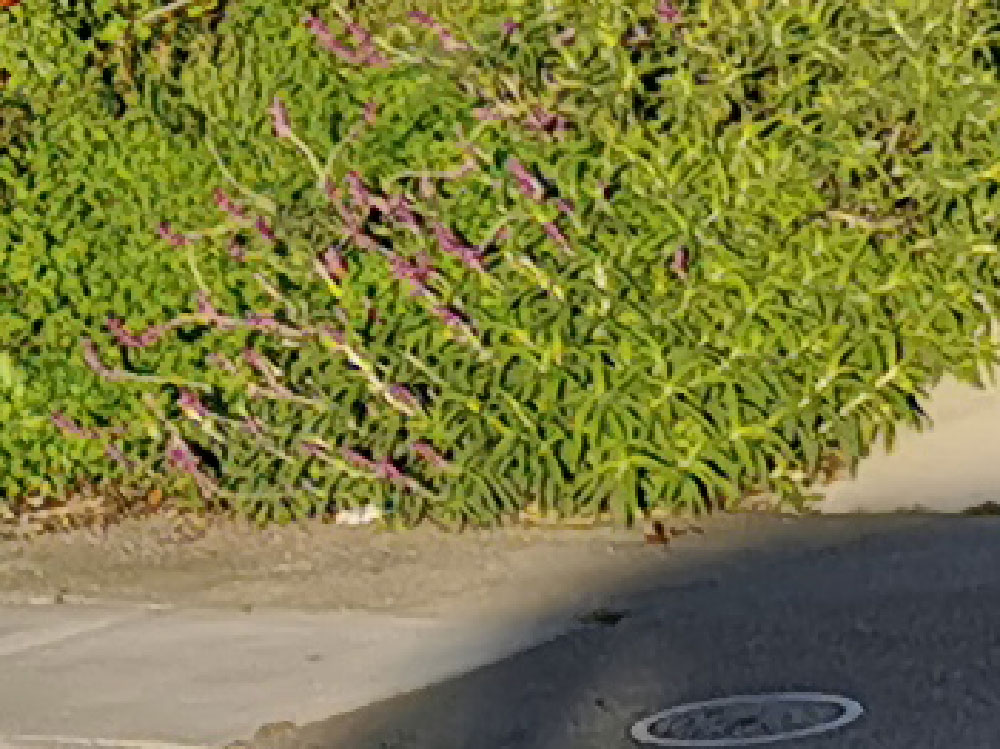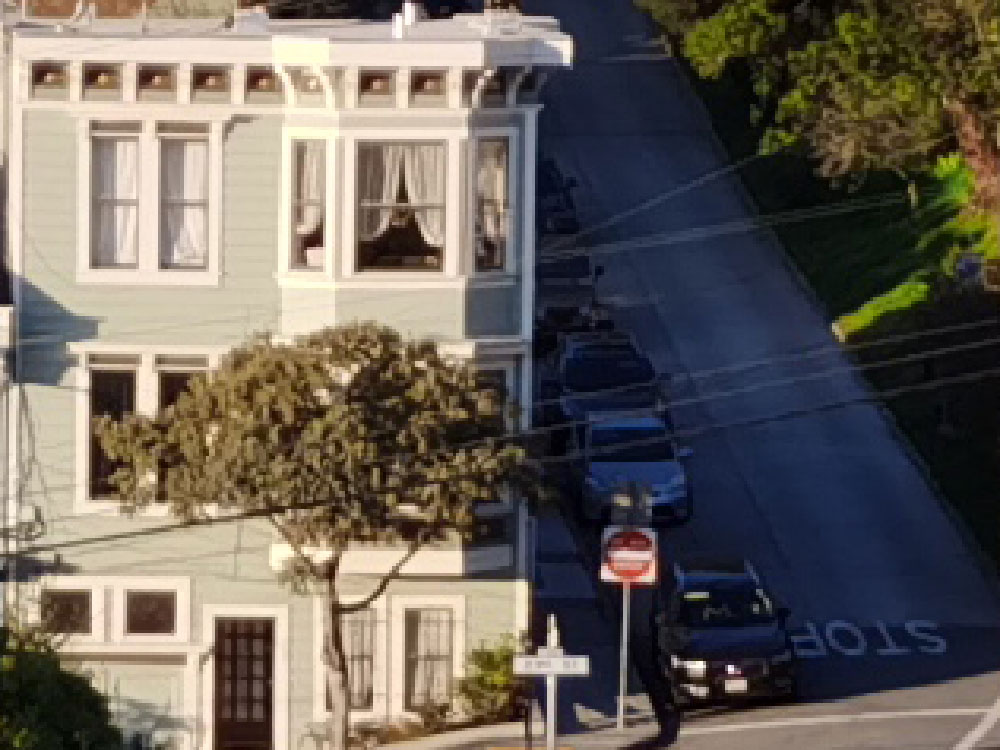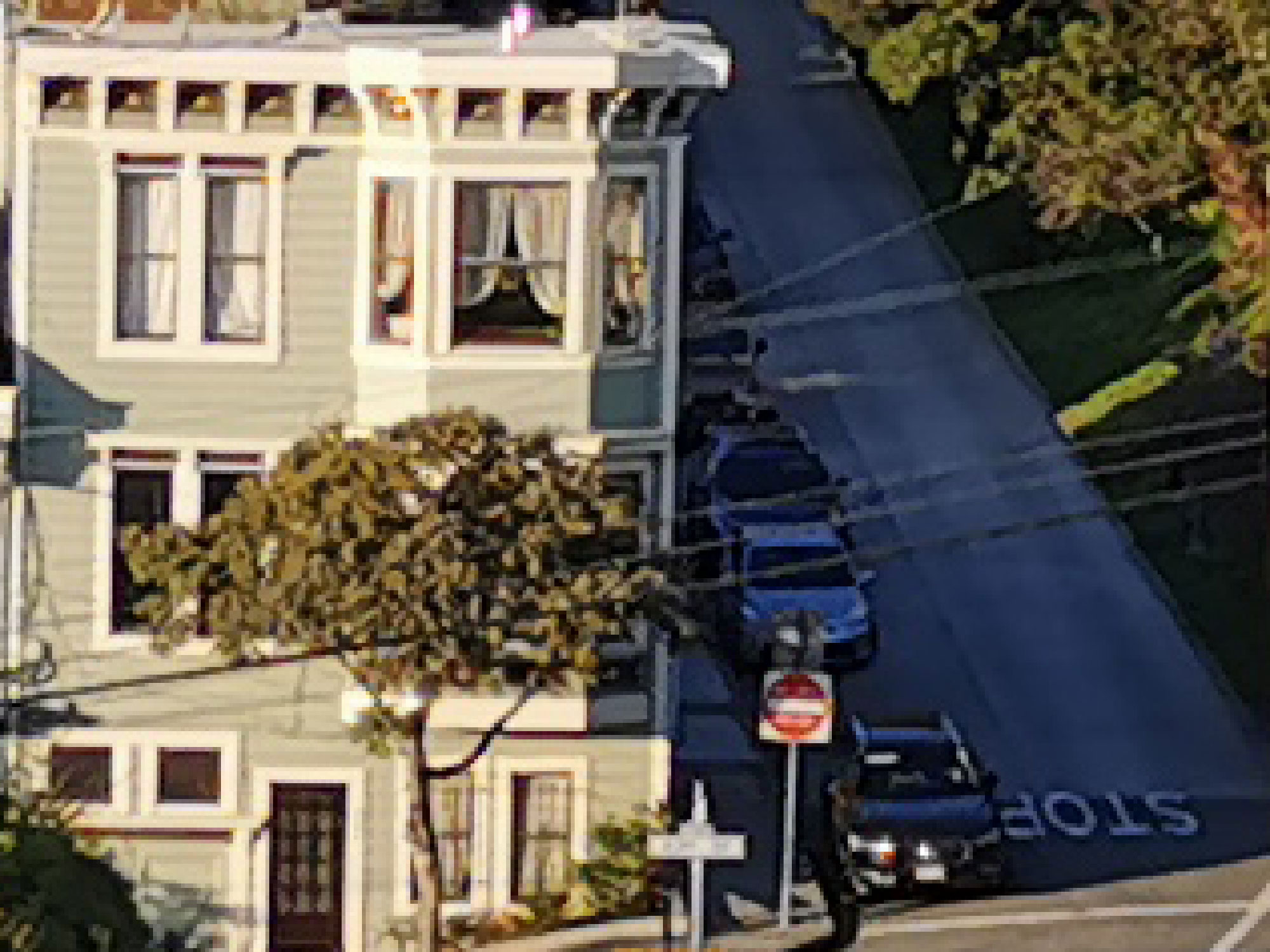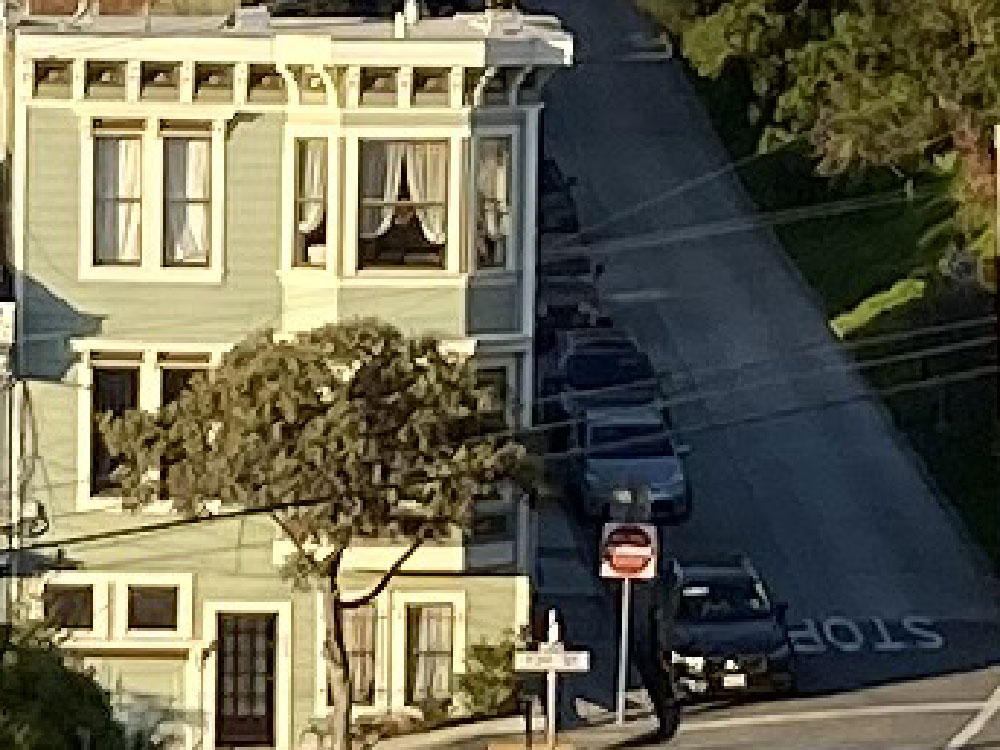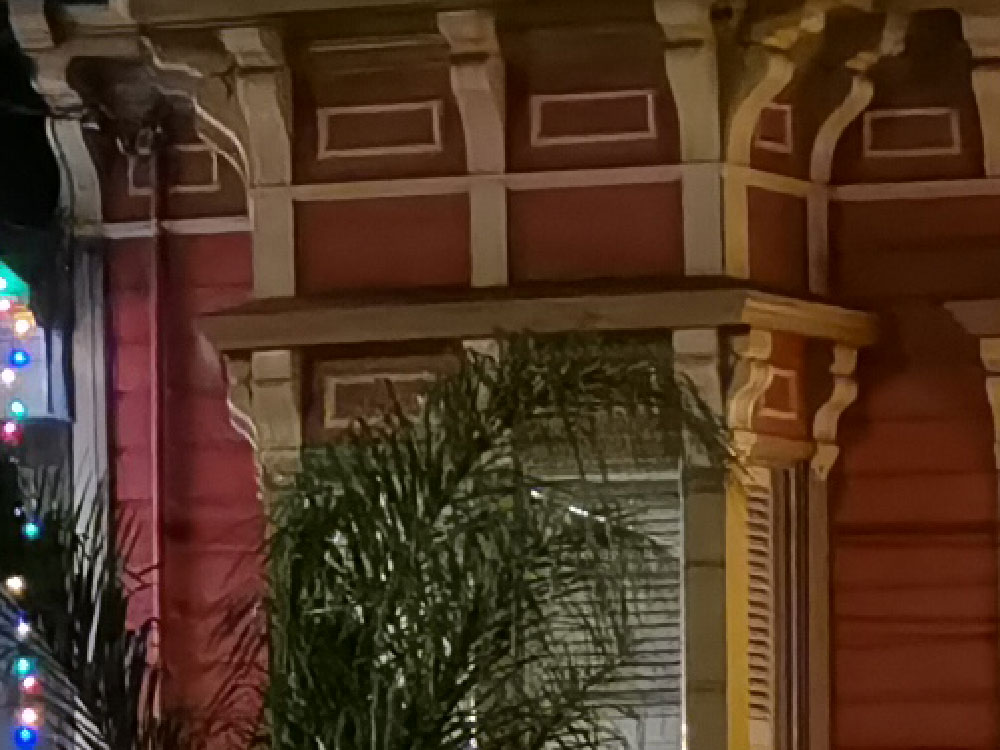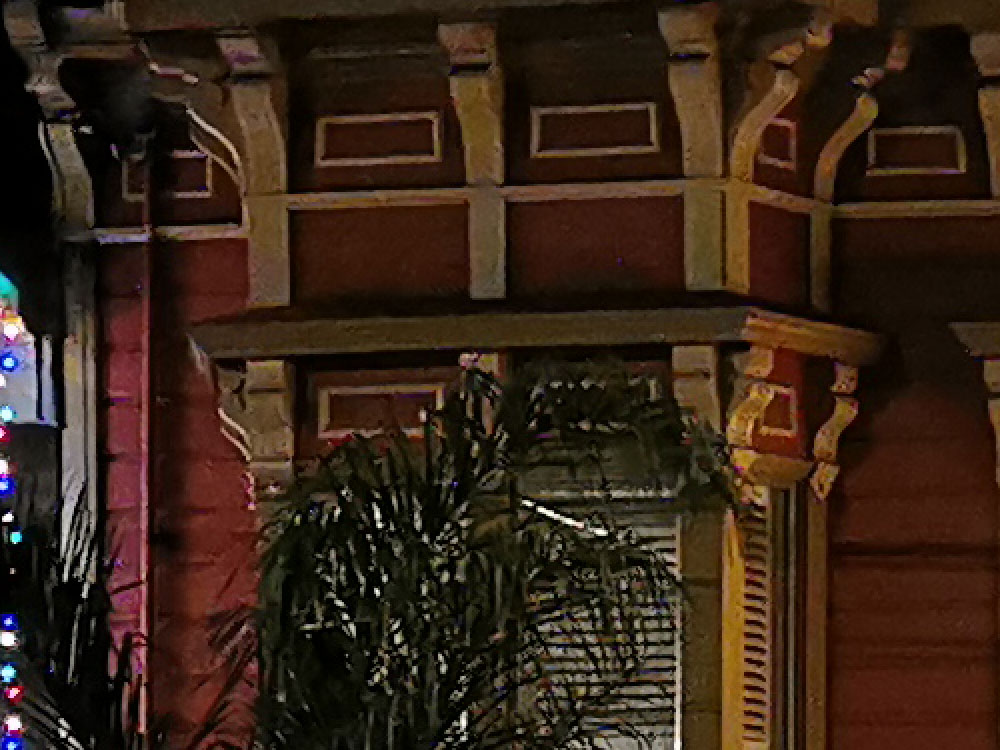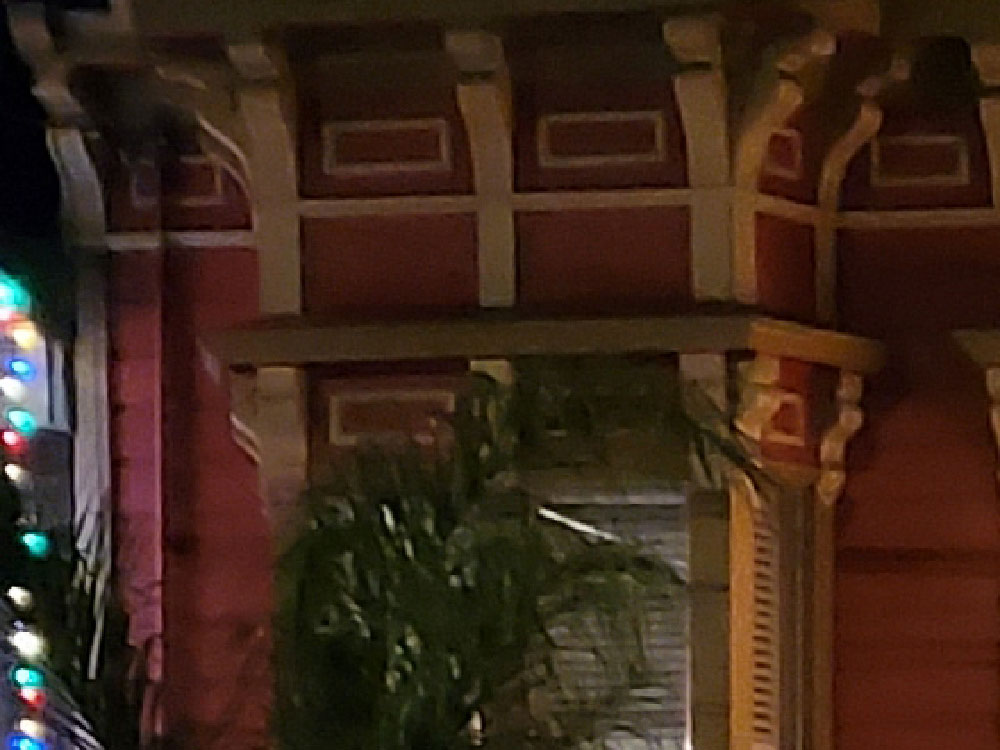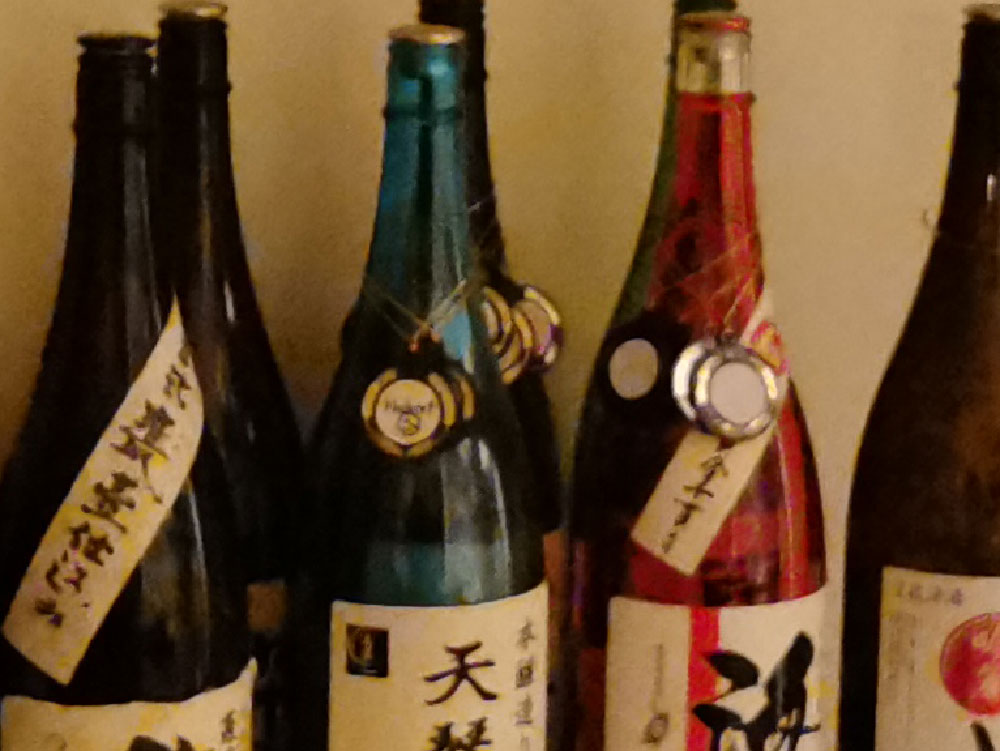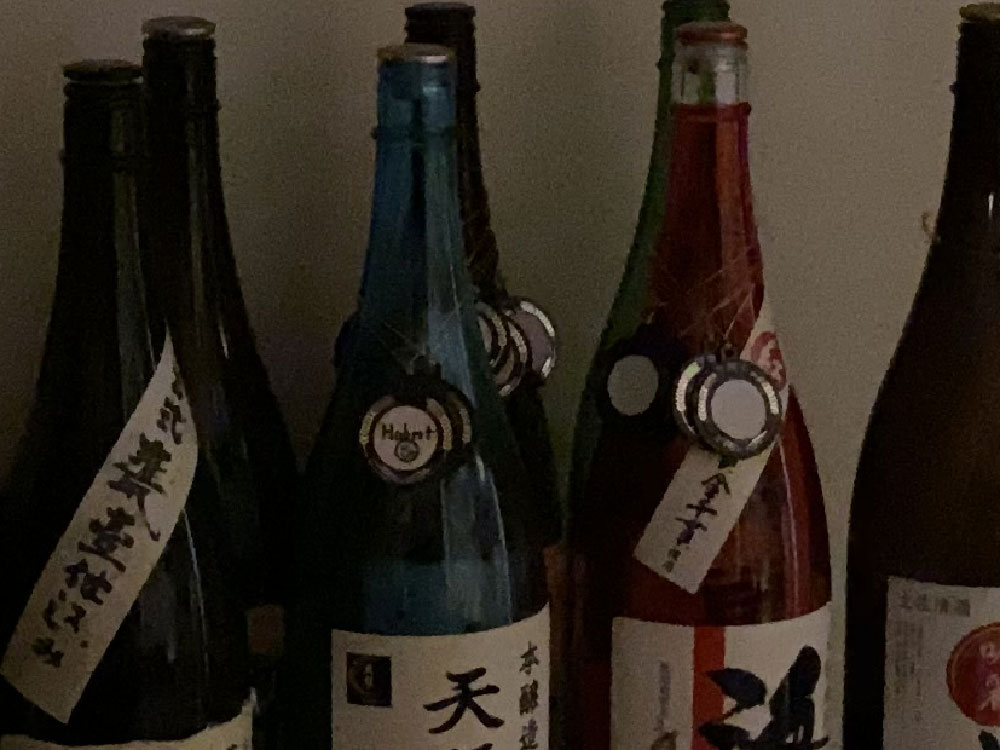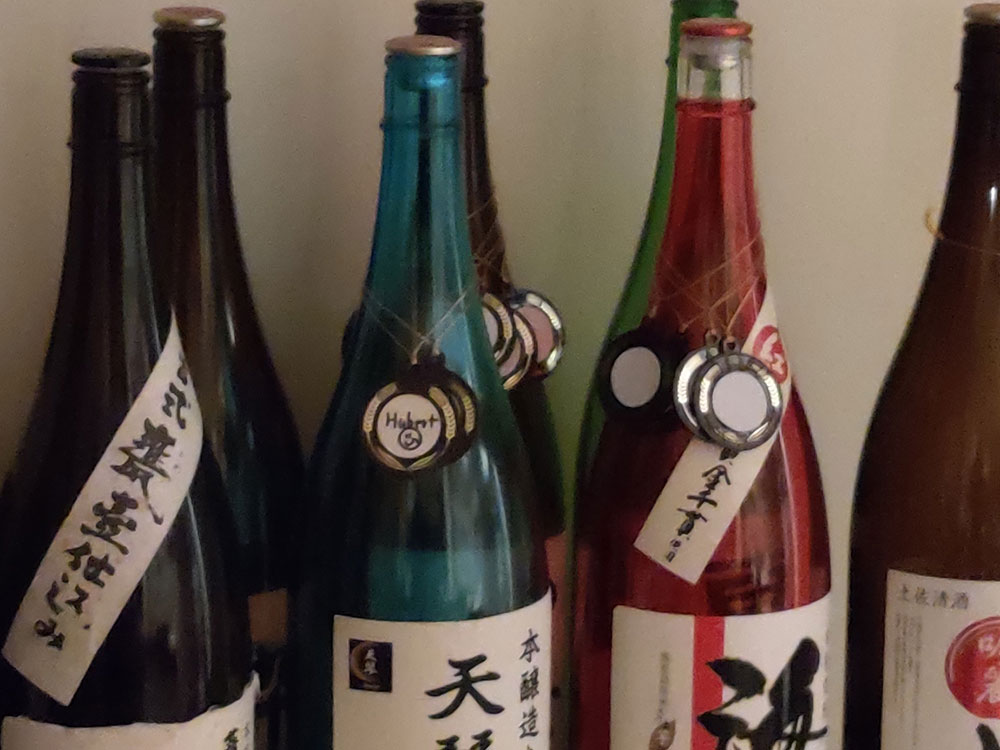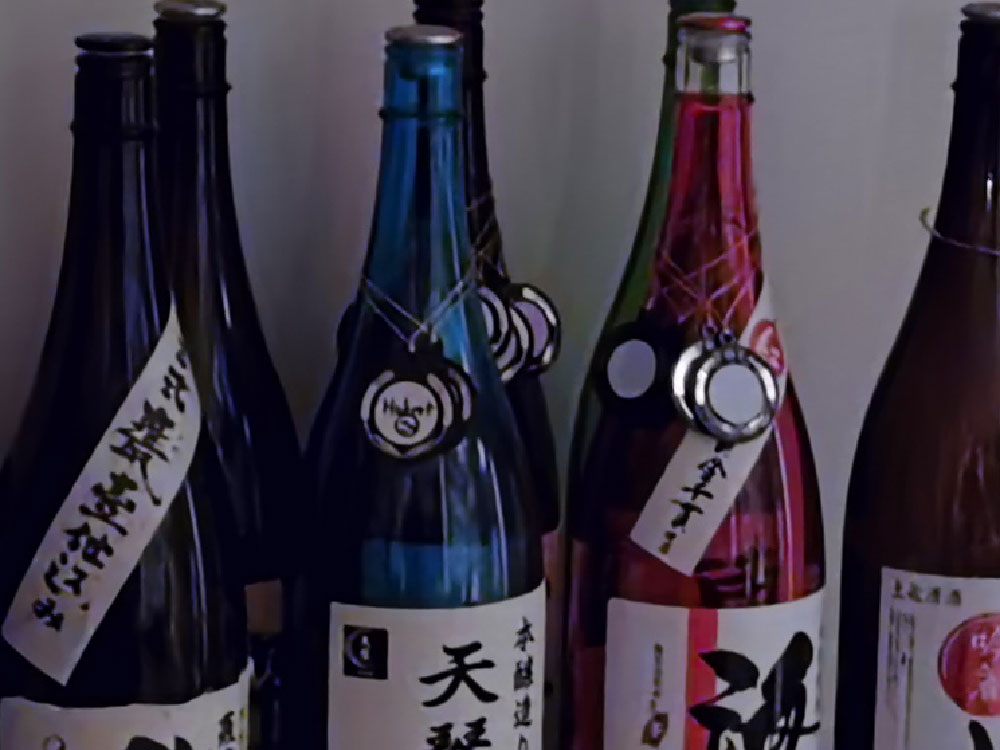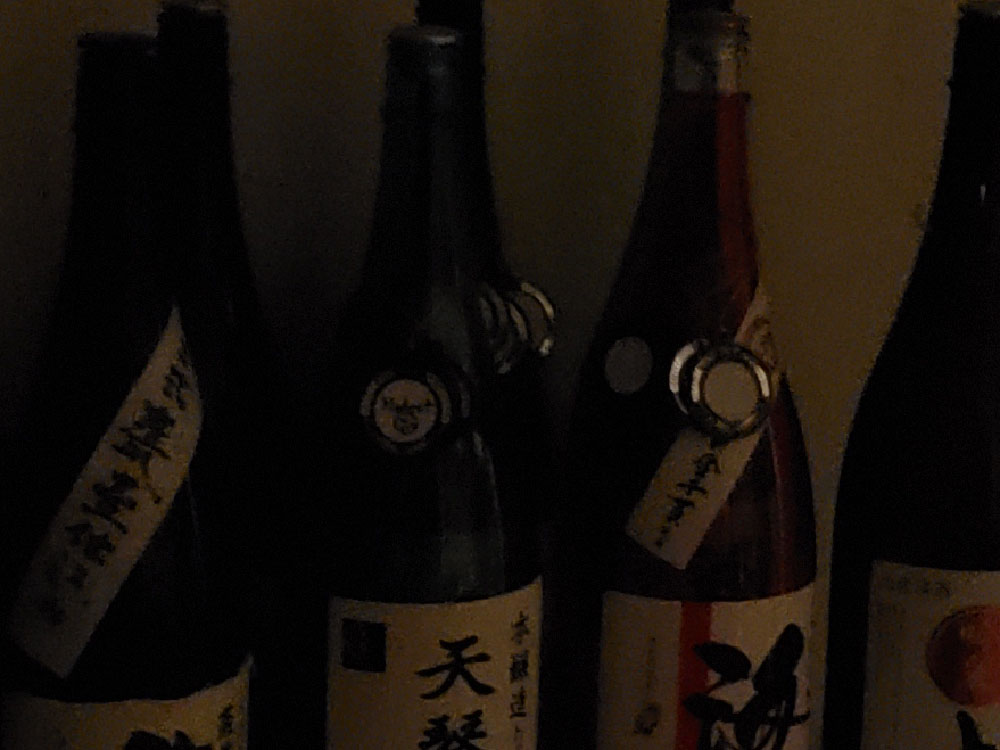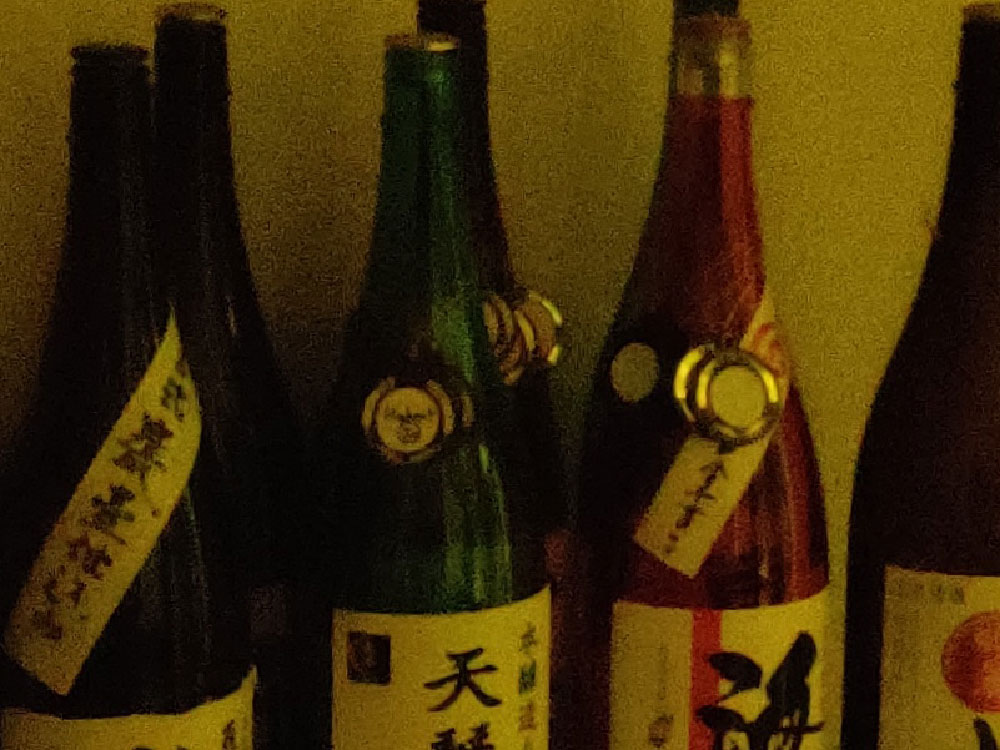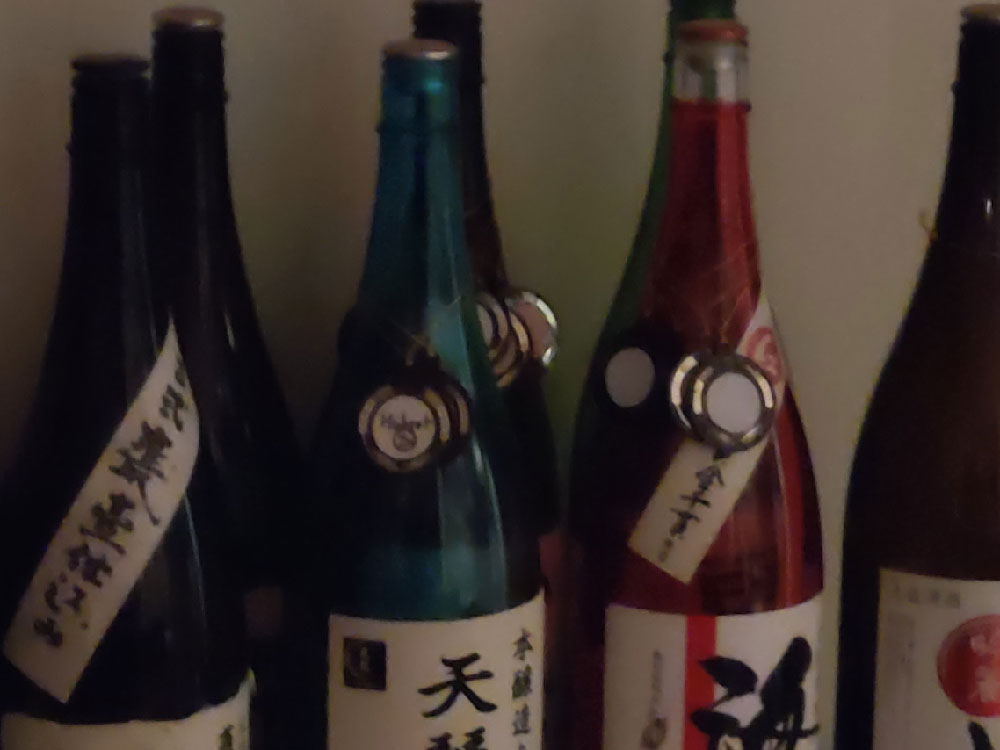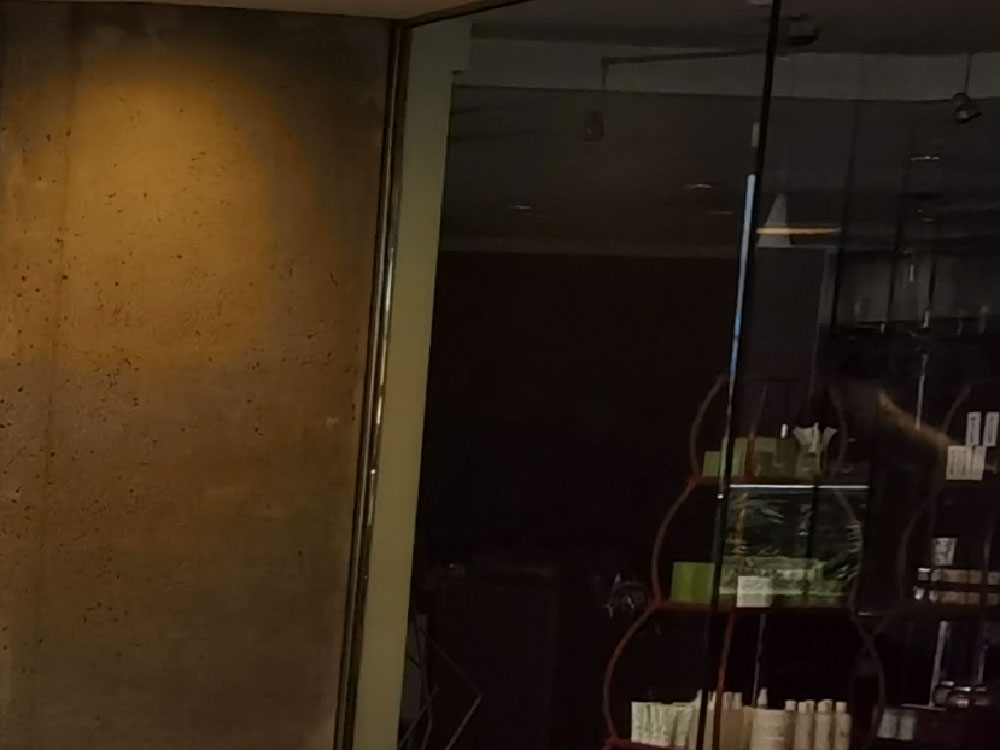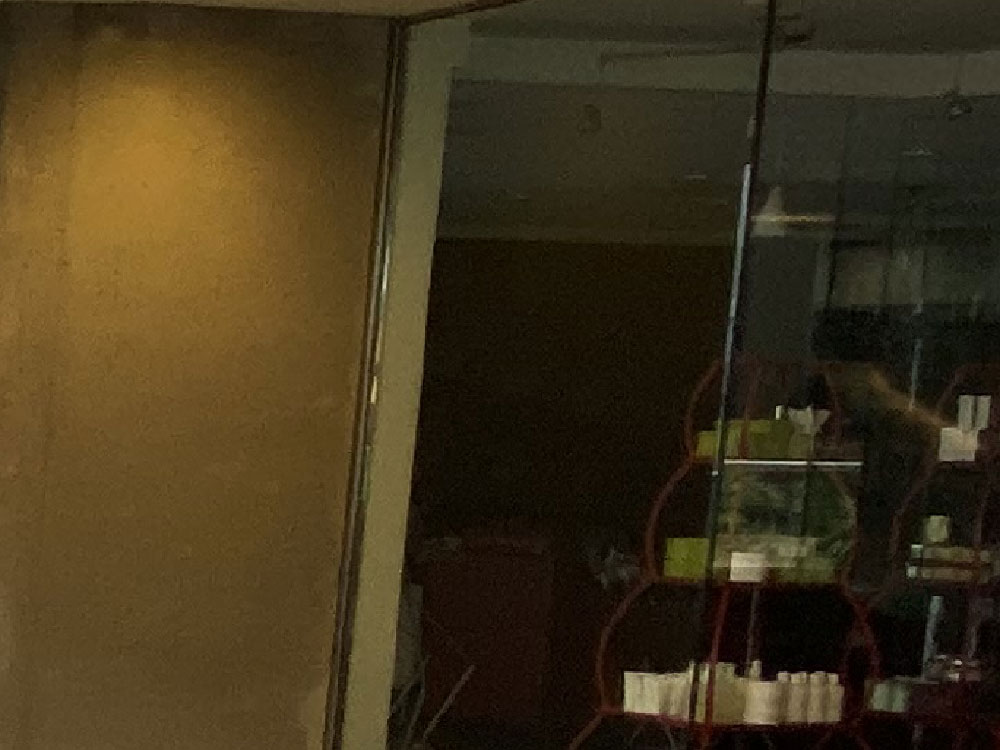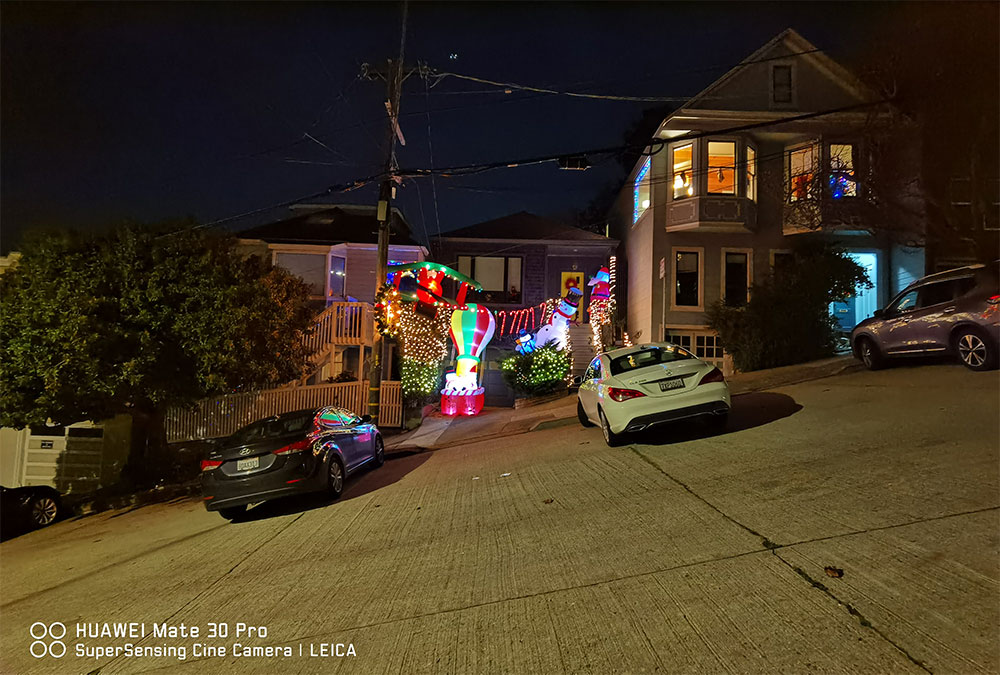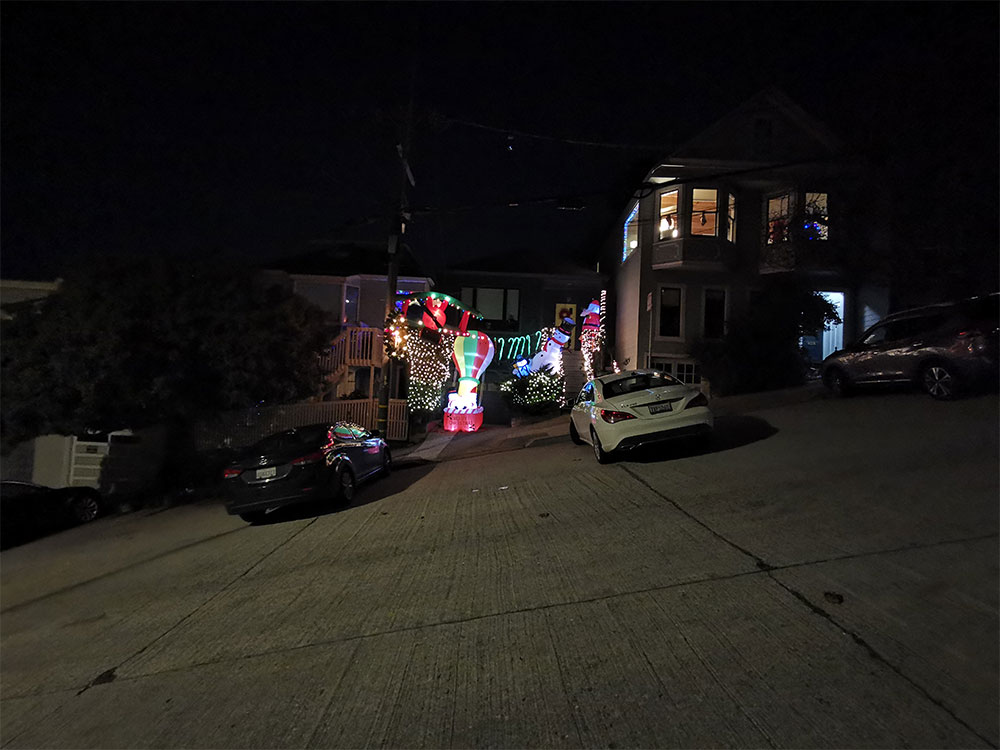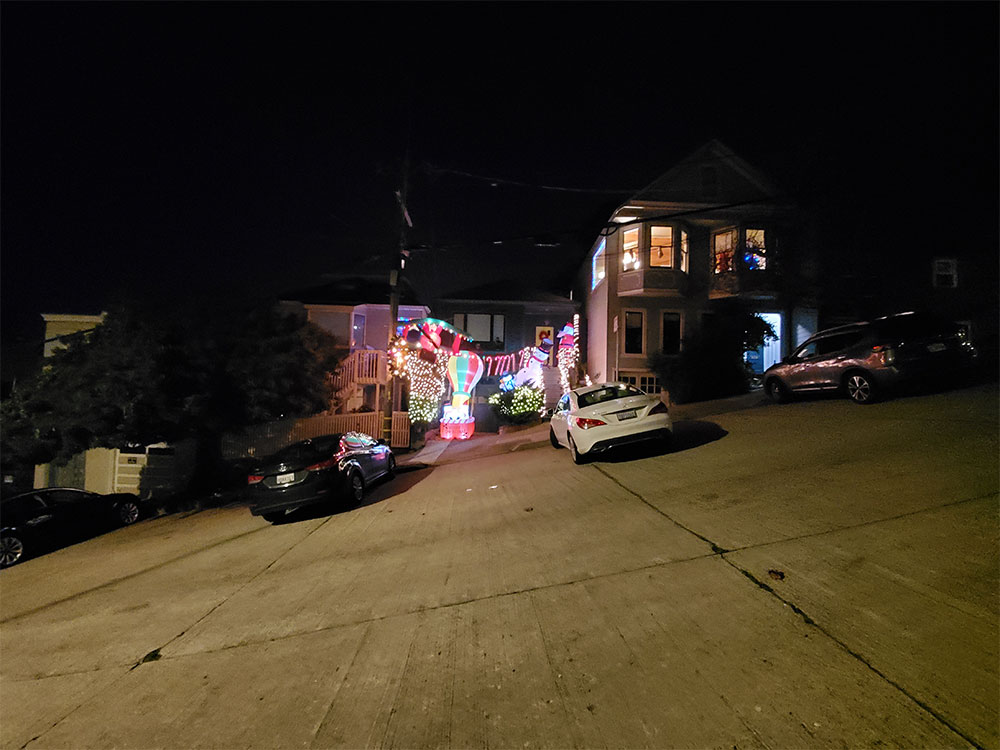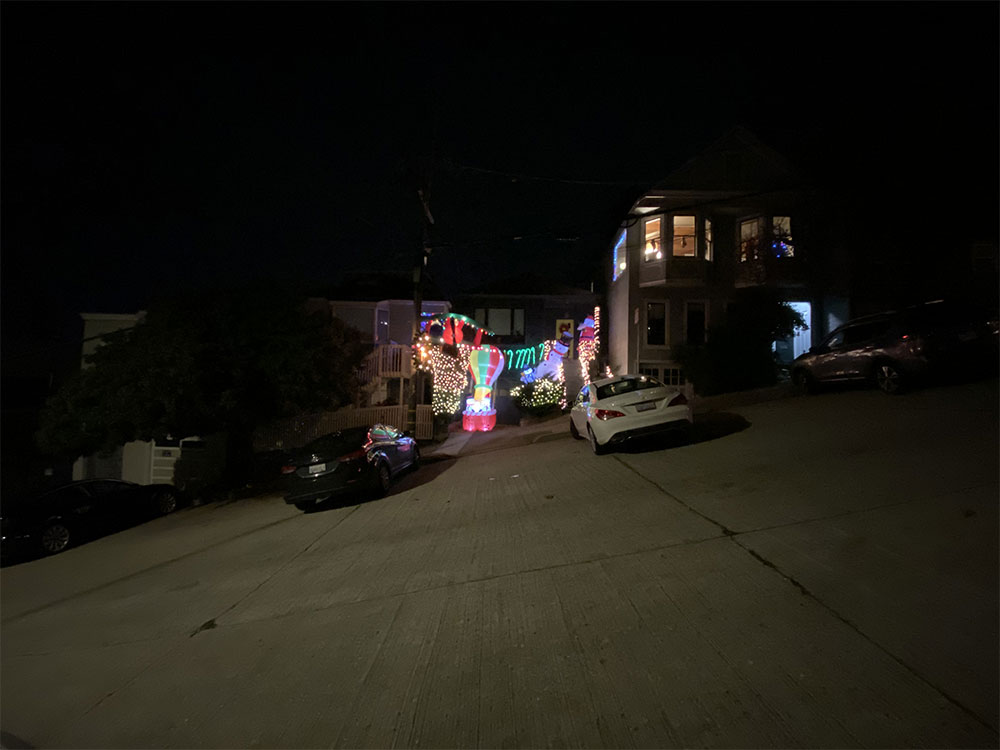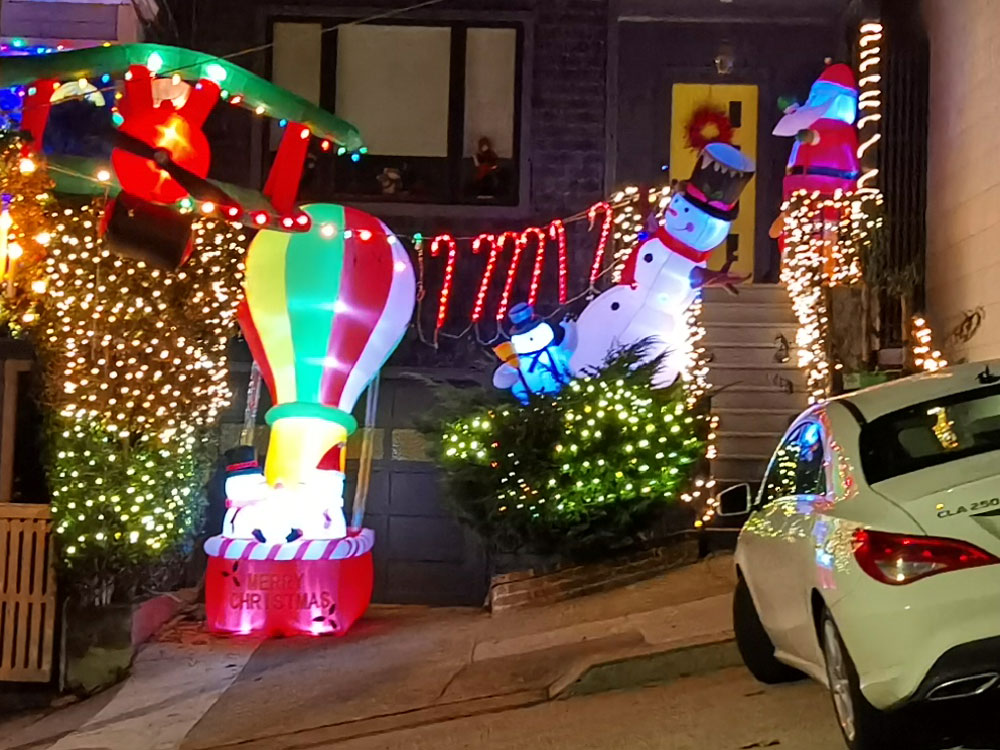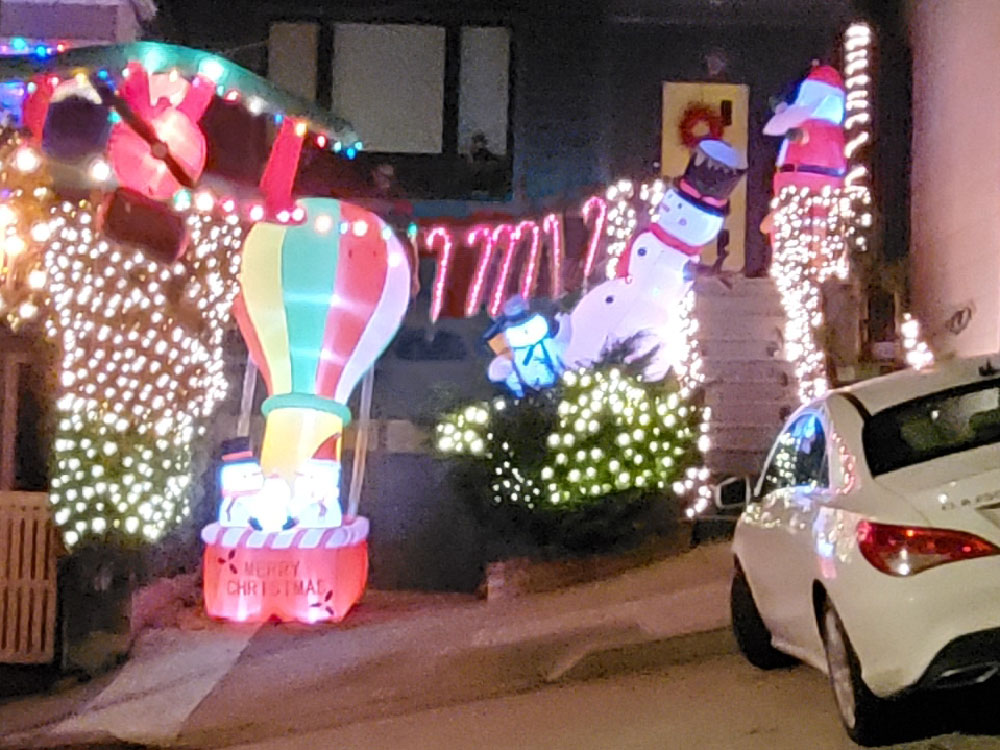
The Huawei Mate 30 Pro has technical specifications that make heads turn, so we were excited to make it go through our CAMERA IQ image quality analysis to see how it stacks up against the iPhone 11 Pro, Galaxy Note 10 and others.
Key Camera Specifications
- Rear Camera System (3 cameras + ToF)
- Primary: 27mm 40-MP f/1.6 wide (Primary) +OIS
- Zoom: 80mm 10-MP f/2.4 zoom +OIS
- Ultrawide: 18mm 40-MP f/1.8 ultrawide
Image Quality Analysis
Important: let’s clarify some terminology we’ll be using:
- “image processing”: software work that improves the image data quality
- “image filtering”: software work that changes the style (aesthetic) of the photo.
- “context photo”: a great approximation of what we see
- Including how dark the scene actually is
- Only to provide the context of the shot.
- Not a quality benchmark
A note about the CAMERA IQ benchmark: our camera scoring system is based on four “Pillars” or sub-scores that provide much-needed nuance: day, night, zoom, and ultrawide photography.
Daylight Photography
Daylight photography is the least challenging environment for high-end phones, and a superficial glance doesn’t reveal much, but a closer inspection does highlight more subtle differences that you could spot if you ever crop or view on a large screen.

Context: reference picture of the scene

Context (crop): the scene as we see it
Above, the comparison shows that Mate 30 Pro has better texture over P30 Pro, likely due to camera software tuning. It allows the left vegetation to seem “fluffier”, closer to what we see in the reference photo. With P30 Pro, the image-filtering makes the same location look flatter, and the overall vegetation seems a bit sparser than it really is.
Below, the iPhone 11 Pro does a good job of picking up the green without exaggeration but has harsher edges, noise, and artifacts due to having very little noise-filtering. That’s not the case for the purple flowers that have become dull, with overall lighting that looks flatter – a typical behavior found on the iPhone camera. This can be boosted with a simple saturation filter, however.
We can use the high-contrast scene below to illustrate daylight photography. All high-end cameras take outstanding captures of what we’re looking at in downtown San Francisco.

The Mate 30 Pro does a great job at capturing life-like photos
Above, the Mate 30 Pro camera has a more realistic camera tuning when compared to the Huawei P30 Pro that was using stronger filtering for contrast & sharpening. The crop shows that Mate 30 Pro captures a much cleaner and natural-looking photo, even though the Primary camera hardware is pretty much identical.
This completely illustrates why we’ve been advocating for filtering restraint since we launched our CAMERA IQ score.
"MATE 30 PRO CAPTURES A MUCH CLEANER AND NATURAL-LOOKING PHOTO"The daylight noise reduction of the Mate 30 Pro is now comparable to the Galaxy Note 10’s camera, and both are excellent. The Samsung Galaxy Note 10 uses more sharpening and slightly over-exposed photos to make them brighter (aesthetic decision) but has a small resolution advantage with 12 Megapixel vs. 10 for the Mate 30 Pro (auto-mode).
The previous “king of daylight photography”, the iPhone 11 Pro does a great job preserving texture (tree, curtains, house siding lines…) but the Mate 30 Pro has more realistic colors and looks artifacts-free. Mate 30 Pro also uses less artificial sharpening than both Note 10 and iPhone 11 Pro.
Night Photography
In low-light photography, the Huawei Mate 30 Pro shows impressive abilities and improves some of the issues we pointed out in previous Huawei camera reviews such as heavier filtering (sharpness/contrast/noise reduction) and important color hue modifications.
The Huawei P30 Pro had the highest score in night photography, partly because of its amazing high-ISO “night-vision” abilities
In regular night scenes (like the street scenes below), the night vision mode is not ON, and the Samsung Galaxy Note 10 took pictures that were sometimes cleaner than P30 Pro, less noisy and more color-realistic. As a result, the winner wasn’t always clear-cut.
"LOWER NOISE AND BETTER DETAILS/TEXTURE"The Huawei Mate 30 Pro changes that equation by having lower noise and better details/texture. Consider the challenging scene below:

Context: the scene as we see it
All smartphones will have a tendency to brighten the scene (an aesthetic choice, not always better), but in the case of both the Galaxy Note 10 and the Mate 30 Pro cameras, a simple Level edit allows you bring the brightness back to something more realistic if you wanted to. As long as the color hues are correctly captured, it’s possible to dial brightness back, to a point.
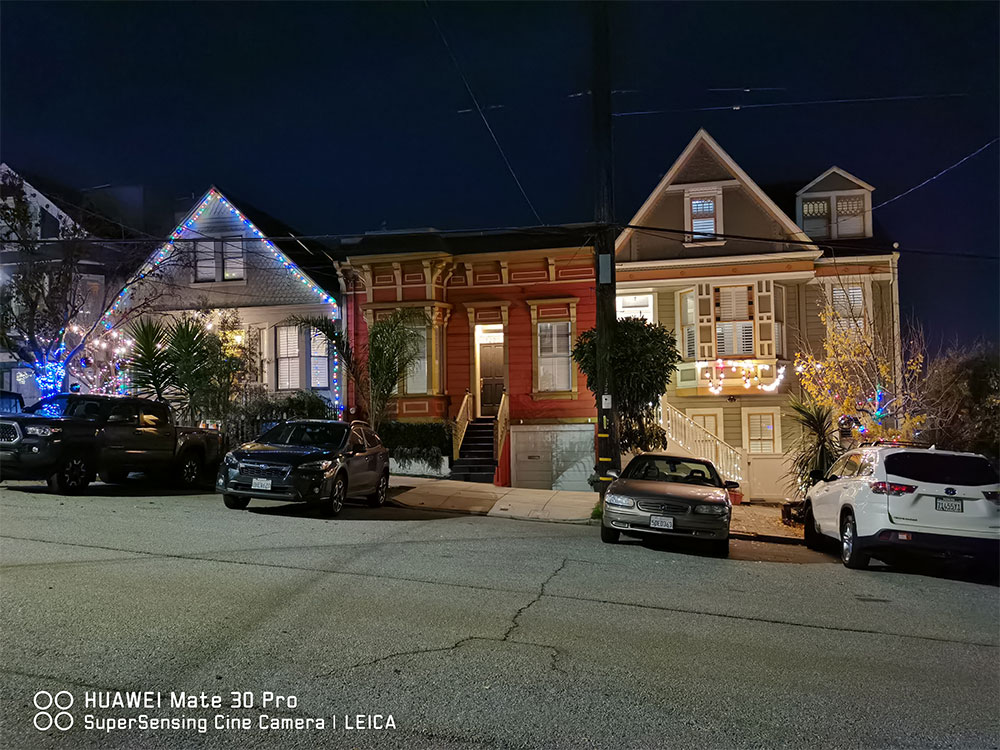
Mate 30 Pro

Galaxy Note 10
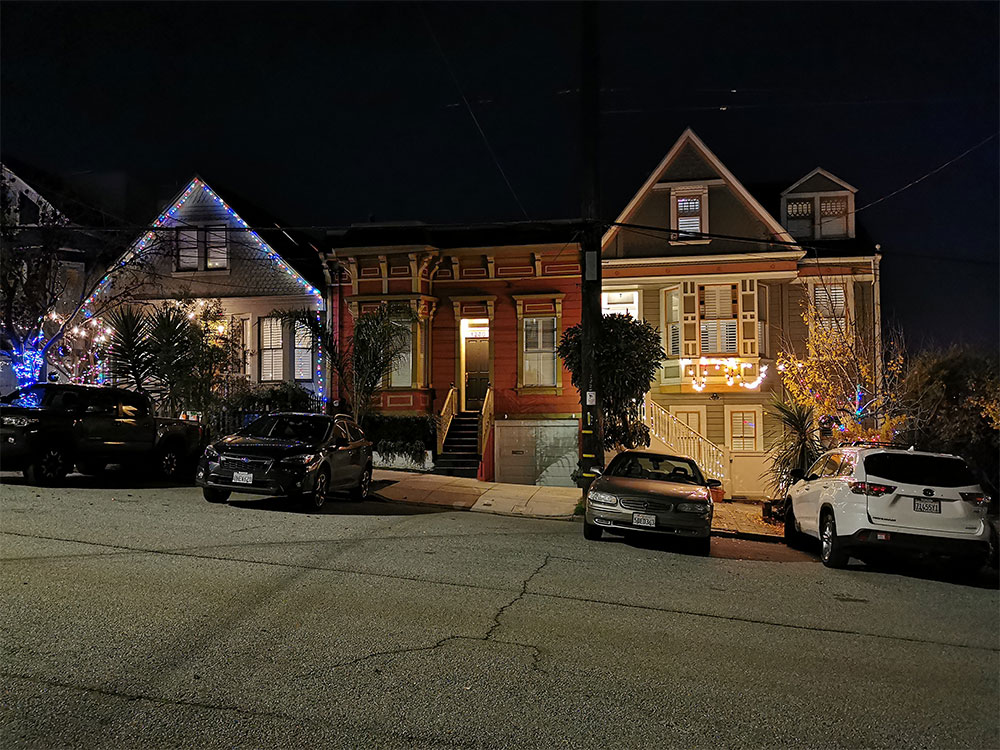
Huawei P30 Pro

iPhone 11 Pro
Earlier in 2018, the Huawei P30 Pro camera broke new grounds but had a tendency to over-sharpen and over-contrast the photos. Unfortunately, these filters are irreversible as they will destroy finer details that can never be recovered. You can see the very high contrast of the P30 Pro in places like the white fishscale house siding to the left, or on the sidewalk’s palm tree that lost their green for a large part.
A cropped image illustrates that better, take a look at the left window of the red house below. The Mate 30 Pro has much better noise reduction and more realistic contrast than P30 Pro.
The details are well preserved, and the reduced filtering gives the user more control than with the Huawei P30 Pro Camera. If you dial the brightness back, the overall photo becomes more realistic, as your eyes see. Mate 30 Pro has the best low-light image quality to date.
Above: the iPhone 11 Pro has a lot noisier pictures and while the noise may not be as visible in a 12MP shot, any attempt to crop or increase the brightness through a filter will also make the noise more noticeable too.
Important: Note that we didn’t let the iPhone use its long-exposure “automatic night mode,” which takes between 1 second to 3 seconds to capture a low-light photo. Every modern phone has a form of night mode, but since every other competitor can capture Night photos in 0.25 seconds or less, we wanted to compare the iPhone 11 Pro under the same conditions.
Below, a comparison with the Galaxy Note 10, shows that the superior camera hardware of the Mate 30 Pro is paying off. Samsung’s primary lens is largely a legacy of the Galaxy S9+ era, and although its camera team has done an amazing job over the years, the Mate 30 Pro gathers much better data, and the current software fully exploits it.
Night Photos With Uniform Lighting (0.4 LUX)
The street photos are challenging because of the high-contrast with a mix of intense lighting and very dark areas. Our Sake bottles shot has a soft, indirect, lighting and only challenges a more fundamental low-light capability of these cameras.

Context: this is what our eyes are looking at
Below, in the Galaxy Note 10 and iPhone 11 Pro camera reviews, we have already gone through the differences with Huawei’s P30 Pro camera and how Huawei can gather more light with less noise, but sometimes lacks details due to the lower megapixel count. The situation is very similar with Mate 30 Pro, but with better image filtering tuning.
In this lighting situation, the Xiaomi Mi Note 10 is the strongest competitor, and while the camera review is still ongoing, we can share early results here. The Mi Note 10 and its new Samsung 108MP camera sensor can achieve a level of details never seen before in low-light. However, it struggles with colors, exposure and white balance more than its peers.
Subscribe to our Facebook, Instagram or to our web notifications (orange button at the end of the article) to be notified when the Mi Note 10 camera review comes out. The comparison below is basically the perfect teaser, and perhaps the best illustration of the peak capabilities of Xiaomi’s latest mobile camera.
Night Vision Photography (0.05 LUX)

Context: what our eyes are (barely) seeing
We consider it an edge case, and we consider Night Vision to happen when your eyes can barely see the subject (see context photo above), or distinguish colors. At that point, the Huawei Mate 30 Pro uses extremely high ISO (51200) while others are limited by their sensor ISO capabilities, at 1600 (Note 10) or 3200 (iPhone 11 Pro).
Below, a comparison with the P30 Pro shows that Huawei obtains much better color and details, perhaps because Mate 30 Pro doesn’t perform binning twice as P30 Pro seems to do (once in the sensor, once in software). There is still a slight “pink glow” which is typical from Huawei’s high-ISO captures, but colors are less distorted in Mate 30 Pro.
Below, the “Night Vision” comparison against the iPhone 11 Pro and the Galaxy Note 10 is without appeal: it will take the next generation camera hardware for these two series of phones to compete in that category.
Interestingly, even high-ISO cameras like the OnePlus 7T (ISO 25000+) have a hard time competing in such dark conditions, so having a high ISO isn’t everything. ISO is amplification, and amplifying lower-quality data won’t help as much.
The Xiaomi Mi Note 10 is again the most interesting competitor featuring amazingly preserved colors, and no “pink” tint. Detail preservation is a mix, with small details being a bit erased (right bottle sticker), and others better preserved (blue bottle text). The natural filtering is very promising as well, with no “ring” artifacts from contrast-filtering around the bottles.
In conclusion, the Huawei Mate 30 Pro has excellent night-vision capabilities, but it’s exciting to know that in 2020 many others will finally compete in that field. You may not shoot photos in near-total-darkness often, but the higher-quality sensors required for this also help with standard night shots.
Ultrawide Photography

Mate 30 Ultrawide
In daylight, the Ultrawide image quality (IQ) of the Huawei Mate 30 Pro is excellent and produces more natural-looking images than the P30 Pro, again because less destructive filtering is applied (contrast, sharpening) to the picture. In the crop slider below, the cardboard piece is a great example of lost texture due to heavy filtering (P30 pro)
Mate 30 Pro has better texture, visible on the cardboard and oranges’ skin, for example. The Galaxy Note 10 exhibits similar behavior to P30 Pro as Samsung increases the strength of its filtering in Galaxy S10 and even more with Note 10, see below:
Keep in mind Mate 30 Pro is not as “wide” as other ultrawide lenses, so we need to take that into account when comparing details and texture.
Despite relatively weak camera hardware, the iPhone 11 Pro camera manages to capture very good texture on the cardboard, and that’s further proof that software tuning is extremely important, especially when there’s plenty of light. That said, the oranges don’t look as natural as Mate 30 Pro, and the area under the table shows visible noise. Even the plastic bags appear noisy if you look close.
This is true in different lighting situations. The Galaxy Note 10 is the closest competitor, and the iPhone 11 Pro comes behind Samsung’s UW camera, with visible noise. OEMs have been working on unifying the primary and Ultrawide camera tuning, so some of the behavior is similar to our previous analysis of the Primary camera.

Huawei Mate 30 Pro
Low-light ultrawide
At Night, the Huawei Mate 30 Pro ultrawide camera performs exceptionally well, and for the first time, we have a level of image quality that is better than many primary cameras.

Context: the scene as our eyes see it
First, let’s compare with the P30 Pro to see how far Huawei has come in less than one year. Mate 30 Pro’s UW camera has a 3:2 ratio instead of 4:3 for other phones.
Above, you can see that Mate 30 Pro obviously brightens the scene, but it does it with much better color hues and contrast preservation as prior Huawei phones, meaning that you can dial the brightness back if you want.
The previous Ultrawide (UW) champion was the Samsung Galaxy Note 10, but as you can see, the Mate 30 Pro image quality far surpasses Samsung’s best-performing UW camera in every aspect: colors, details, and exposure.
Note that the Samsung Galaxy Note 10 camera is a bit “wider” (13mm vs. 16mm), but that doesn’t justify the difference in details. Huawei’s powerful camera hardware gathers better light data, and no amount of algorithm could make up for such gap.
"NEXT TO THE MATE 30 PRO, THE IPHONE 11 PRO UW CAMERA LOOKS LIKE A MID-RANGE CAMERA"A comparison with the iPhone 11 Pro’s ultrawide camera shows the outcome of the enormous difference in hardware capabilities despite a comparable price point. Next to the Mate 30 Pro, the iPhone 11 Pro UW looks like a mid-range camera.
We can conclude the ultrawide section with a cropped version of the above pictures to have you take a closer look to the details. Again, keep in mind that the Mate 30 Pro has is not “as wide” as competitors, so it has a visual advantage when it comes to resolution. First, the context photo:

Context photo: what our eyes are seeing at the scene
Zoom Photography
The Huawei Mate 30 Pro has an 81mm telephoto lens, which is actually less optically powerful than the 135mm optics of the P30 Pro, but still superior to the 52mm lenses that many other high-end phones, like the Galaxy 10 series or the iPhone 11 Pro.
Using a well-known scene for our tests, we pushed the cameras to their limit by shooting 10X zoom photos. First, here’s where we stand, and how things look at the location (taken on another day, lighting is different).

Context Shot, we’re going to zoom on the street art

Context: this is the reference image at 10X zoom

Context: reference crop that shows the portion we’ll look at in this article
Below, this answer the first question that people ask: “how is it when compared to P30 Pro?”. The quick answer is that Mate 30 Pro is not as good as P30 Pro in this type of long-range zoom. Its 80mm lens is simply not capable of resolving the same level of details as the P30 Pro’s 135mm.
Comparing it with the highly-ranked Honor 20 Pro telephoto camera, there’s a visible difference in image quality, although both are 80mm cameras, with relatively close specs, on paper.
Against the iPhone 11 Pro’s 52mm camera, the difference is huge, and this is a perfect illustration for why “hardware matters”.
The Mate 30 Pro telephoto camera may not have the most powerful hardware, but it manages to be the best 80mm camera we’ve tested, and still outclasses a lot of the high-end competition.
Conclusion and CAMERA IQ Score
| CAMERA IQ | Sub-scores |
|---|---|
| Day | 196 |
| Night | 211 |
| Zoom | 118 |
| Ultrawide | 172 |
The Huawei Mate 30 Pro camera is an impressive upgrade over what was already the overall best mobile camera we tested, the Huawei P30 Pro.
Massive gains in Ultrawide and Low-Light image quality, along with more modest progress in Daytime photography, put the Mate 30 Pro ahead of the game, with a new record score.
The Ultrawide IQ obviously comes from the more powerful camera hardware, which has the highest-performing sensor/lens combination for that category.
"THE BEST DAYLIGHT, NIGHT, AND ULTRAWIDE"A lot also has to do with the updated camera software that uses fewer filters and does a better job of preserving the data to make the camera more controllable and predictable, including when editing photos.
For the first time, the same camera wins the best Daylight, Night, and Ultrawide categories at the same time in our Camera IQ score. Not surprisingly, the Huawei Mate 30 Pro earns our “Ultimate Camera” Award, stealing it away from its own P30 Pro camera…
Don’t miss our in-depth reviews of the P30 Pro camera, iPhone 11 Pro camera, and Galaxy S10+ Camera, among others.
Filed in . Read more about Camera Benchmarks, Editorspick, Huawei, Huawei Reviews and Mobile Camera Reviews.
